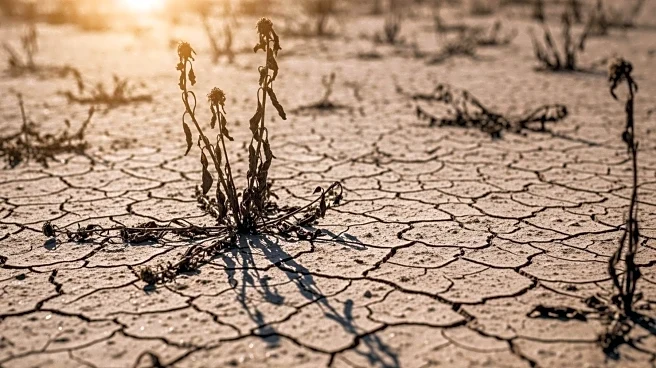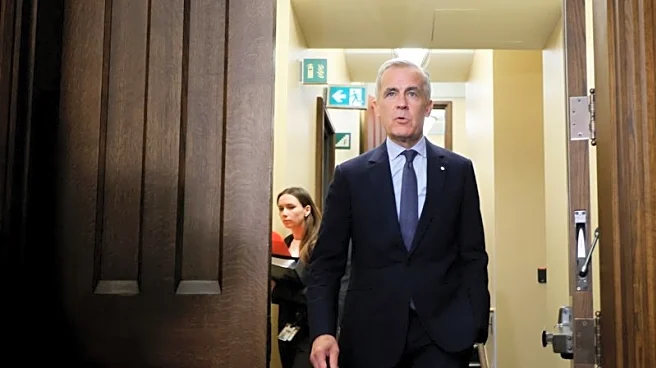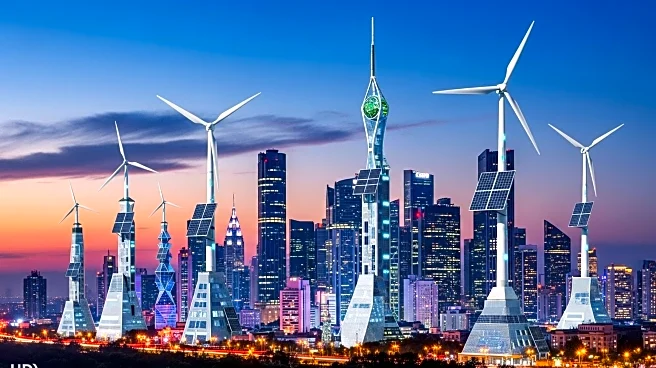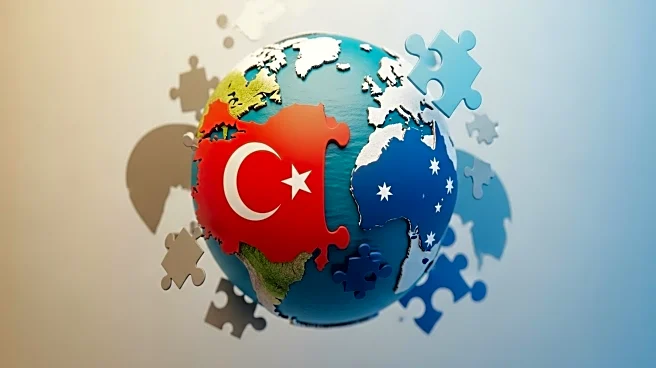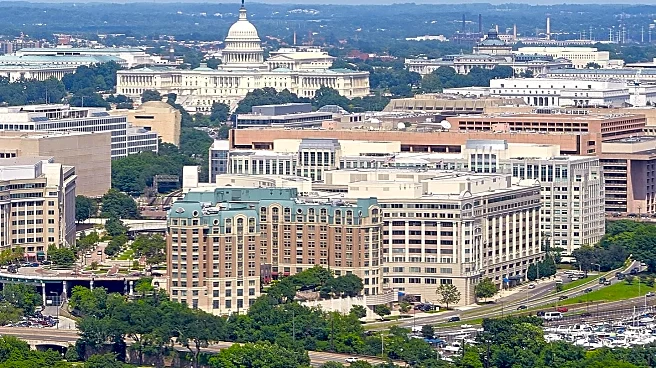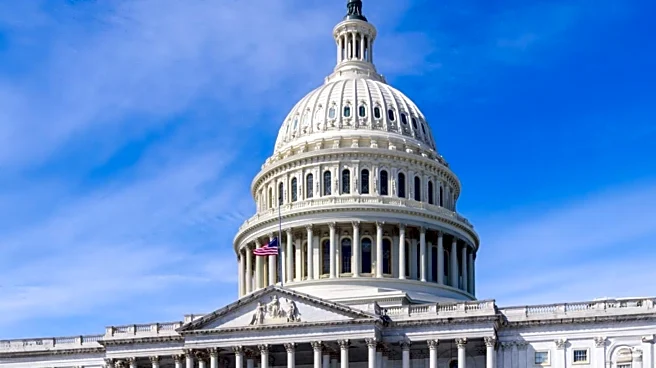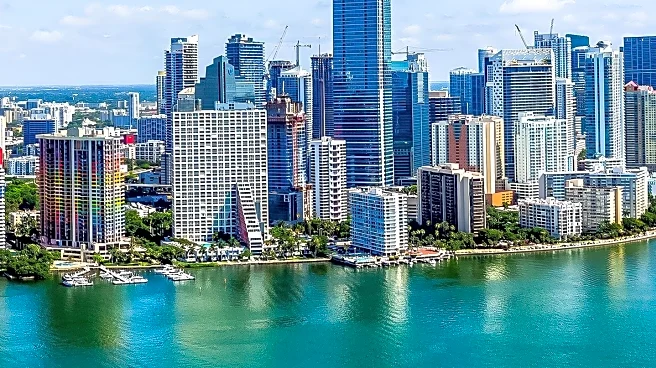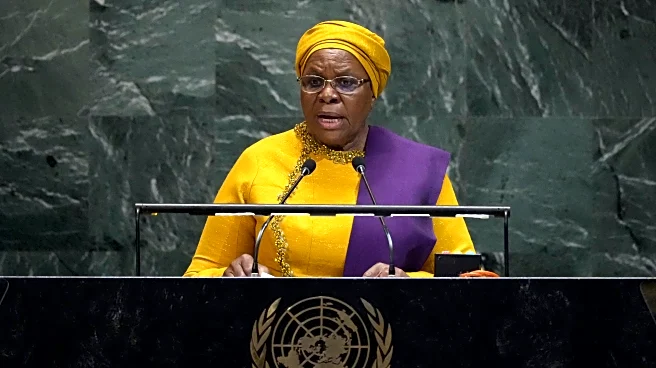What is the story about?
What's Happening?
A recent analysis by the International Institute for Environment and Development (IIED) reveals that major cities worldwide, including Washington DC, are experiencing a 25% increase in extremely hot days compared to the 1990s. The study highlights a significant rise in days exceeding 35°C in 43 of the world's most populous capital cities. This increase is attributed to global heating caused by fossil fuel emissions, which intensifies heatwaves and poses severe risks to urban populations, particularly the elderly and economically disadvantaged. The report underscores the urgent need for governments to implement adaptive measures to protect city dwellers from the escalating impacts of extreme heat.
Why It's Important?
The findings of this analysis have profound implications for urban planning and public health. As global temperatures continue to rise, cities face the challenge of adapting to more frequent and severe heatwaves. The urban heat island effect exacerbates these conditions, disproportionately affecting low-income communities with inadequate housing. Failure to address these issues could lead to increased mortality rates and strain on healthcare systems. The report calls for immediate investment in infrastructure improvements, such as better insulation and ventilation, to mitigate the effects of extreme heat and safeguard vulnerable populations.
What's Next?
In response to the growing threat of extreme heat, the Global Center on Adaptation has launched 'The Heat is On' campaign to promote solutions like cooling centers and climate-smart work schedules. Governments are urged to prioritize funding for urban adaptation strategies and to reduce fossil fuel emissions to meet international climate targets. The upcoming UN climate summit, Cop30, will likely address these challenges, emphasizing the need for coordinated global action to combat the climate crisis.
AI Generated Content
Do you find this article useful?
